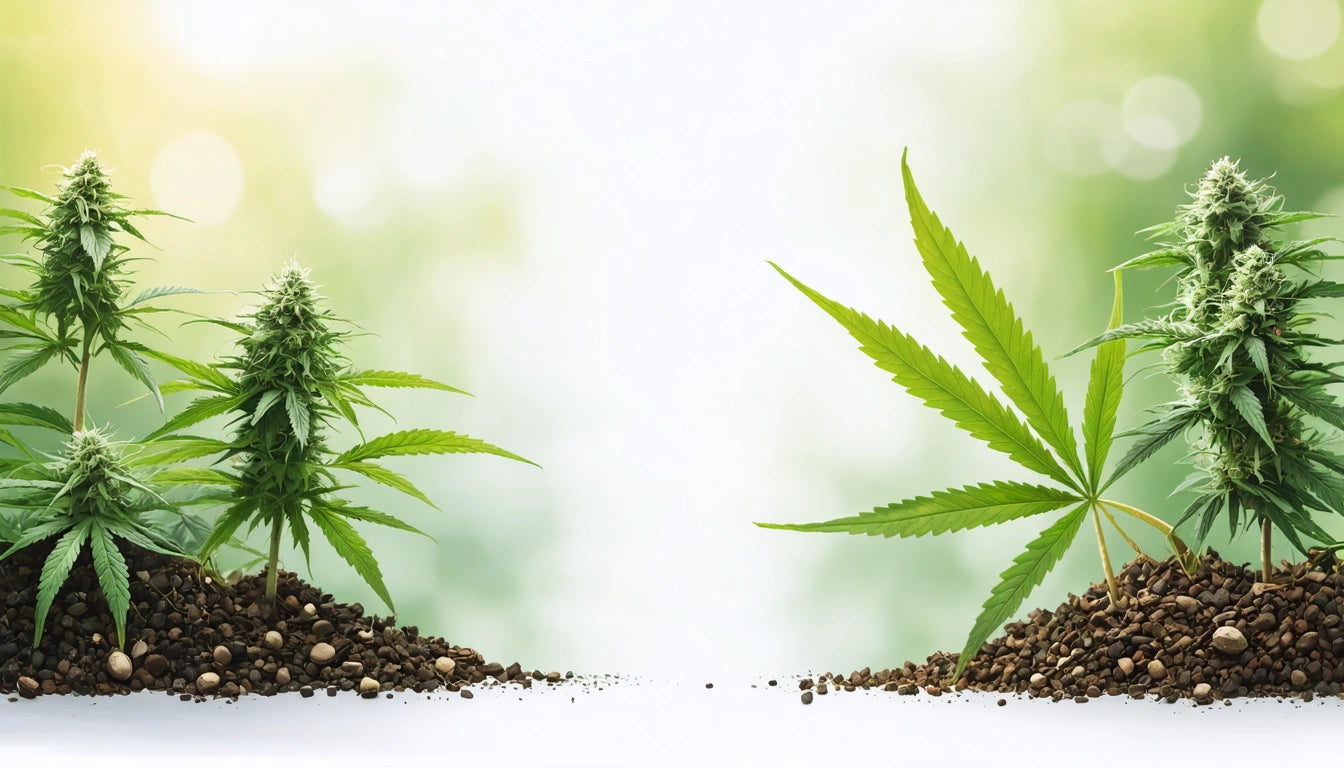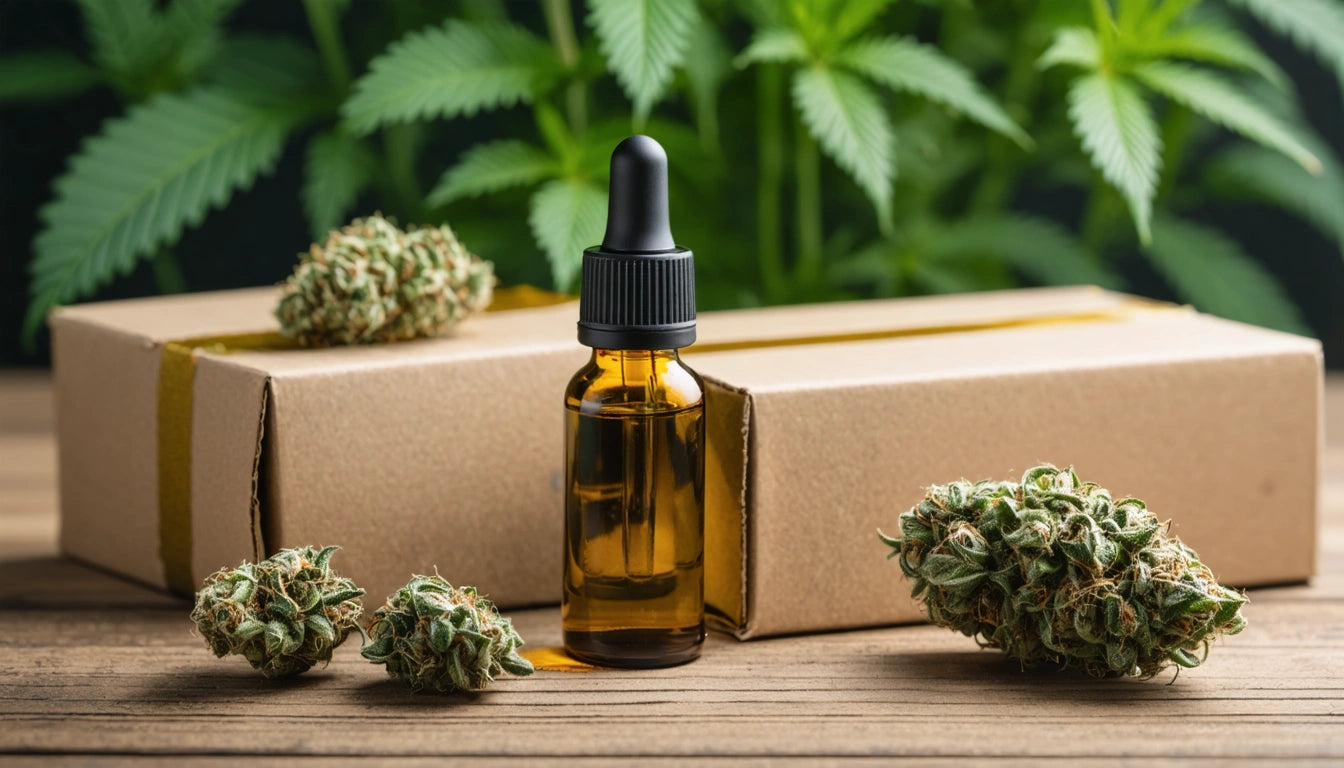Effective Strategies and Considerations for Diluting a Drug Test
Understanding how to dilute a drug test requires knowledge of both testing methodologies and the body's natural processes. While dilution is a commonly discussed method for potentially affecting test results, it's important to understand both the science behind it and the detection methods used by testing facilities.
Understanding Dilution in Drug Testing
Dilution in drug testing refers to the process where urine becomes less concentrated due to excessive fluid intake. This affects the concentration vs dilution ratio of substances in urine, potentially altering test results. When someone drinks large amounts of water before a test, their urine becomes more diluted, which may reduce the concentration of detectable substances below cutoff levels.
According to research on diluted drug tests and cutoff levels, laboratories have specific thresholds for determining whether a sample is diluted. These measurements typically include creatinine levels and specific gravity, which reflect the concentration of urine.
Water Consumption Strategies
The question of how much water is needed to dilute a drug test is complex and depends on several factors including body weight, metabolism, and the specific substance being tested. This comprehensive guide explores the science behind water consumption and dilution.
Some key considerations when planning water intake include:
- Timing of consumption (typically 2-3 hours before testing)
- Gradual vs. rapid water intake
- Individual factors like body mass and metabolic rate
- Potential health risks of excessive water consumption
It's worth noting that while considering how to dilute for a drug test, proper hydration containers are essential. Many individuals use specialized containers with secure caps to maintain proper hydration schedules without arousing suspicion in testing environments.
Dilution Detection Methods
Modern testing facilities are well aware of dilution techniques and have implemented various methods to detect them. When considering how to avoid dilute drug test results being flagged, it's important to understand these detection methods:
Creatinine Testing
Creatinine is a natural byproduct of muscle metabolism that appears in urine at relatively stable levels. When urine is diluted, creatinine levels fall below normal ranges (typically below 20 mg/dL), which can trigger a "dilute specimen" flag.
Specific Gravity Measurement
This measures the concentration of dissolved particles in urine. Normal urine has a specific gravity between 1.002 and 1.030. Diluted samples typically fall below 1.003, which laboratories will flag as suspicious.
Temperature Verification
Authentic urine samples should be within a specific temperature range (90-100 °F). While not directly related to dilution, temperature checks help verify that the sample hasn't been tampered with or substituted.
Avoiding Flagged Dilute Results
For those wondering how to dilute for drug test without triggering dilution flags, several approaches are discussed in the testing community:
- Consuming B vitamins to add color to diluted urine
- Taking creatine supplements 24-48 hours before testing to maintain creatinine levels
- Moderating water intake to avoid extreme dilution
- Consuming electrolytes to maintain specific gravity measurements
Understanding negative dilute results is essential for anyone concerned about their test being flagged. A "negative dilute" result indicates that while no substances were detected above cutoff levels, the sample was too diluted for conclusive results, often leading to mandatory retesting.
Home Testing and Dilution Detection
A common question is whether do home drug tests check for dilution. Most standard home drug tests do not include the sophisticated dilution detection methods used by professional laboratories. They typically focus only on detecting the presence of specific substances above cutoff levels.
However, more advanced home testing kits may include:
- Adulteration panels that detect common masking agents
- pH indicators that might suggest tampering
- Temperature strips to verify sample authenticity
For comprehensive preparation strategies, this guide to drug testing procedures provides valuable insights on what to expect during professional testing.
Natural Alternatives to Dilution
While dilution is commonly discussed, there are natural approaches that some individuals prefer:
- Increasing physical activity to accelerate metabolism
- Dietary changes that may support the body's natural detoxification
- Temporary abstinence from substances being tested
- Herbal supplements believed to support liver and kidney function
These natural methods are explored in this article on passing drug tests naturally, which discusses evidence-based approaches to supporting the body's natural processes.
Future of Dilution Detection Technology
As testing methods evolve, so do the technologies used to detect dilution and other forms of test manipulation. Future developments in drug testing may include:
- More sensitive biomarkers that are harder to mask through dilution
- AI-powered analysis that can detect subtle patterns indicating sample manipulation
- Expanded panels that test for a wider range of substances and adulterants
- Non-invasive testing methods that are less susceptible to dilution techniques
Understanding these emerging technologies helps individuals stay informed about the evolving landscape of drug testing protocols and detection methods. For those seeking additional information, effective strategies for urine drug tests provides further context on current testing practices.











Leave a comment
All comments are moderated before being published.
This site is protected by hCaptcha and the hCaptcha Privacy Policy and Terms of Service apply.